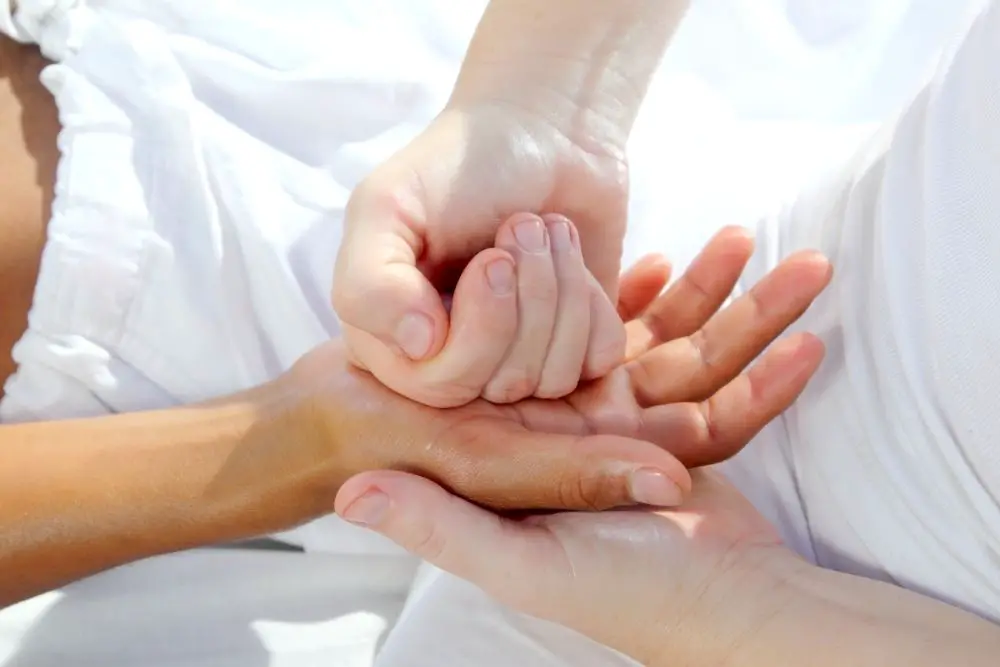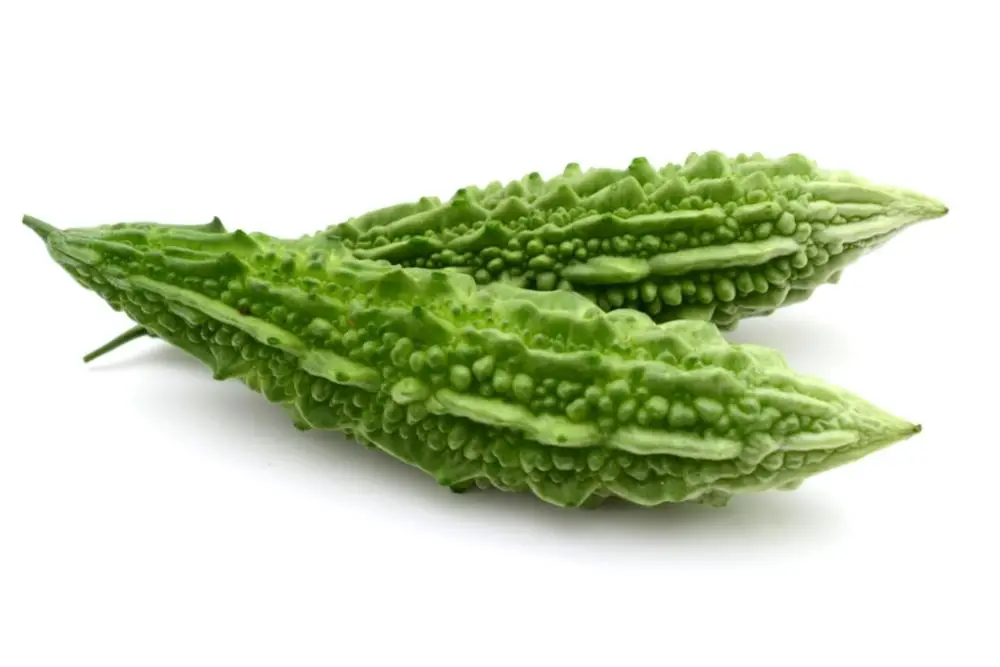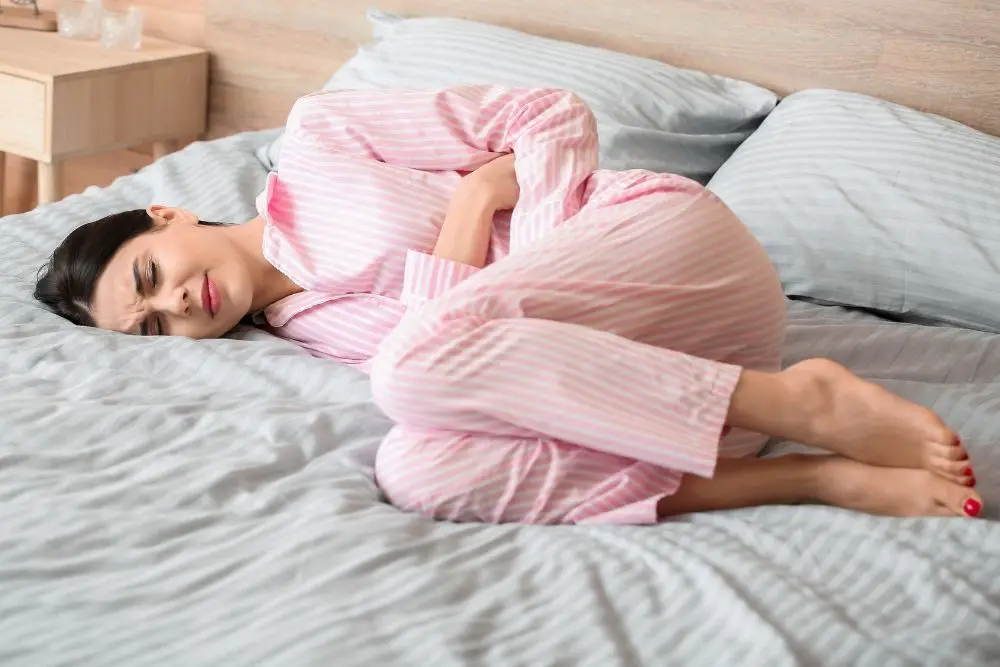Many traditional Chinese medicine therapists consider acupuncture as a safe and effective form of alternative medicine for pregnant women. Complications arising from the application of acupuncture therapy during pregnancy are rare; However, there are some acupuncture points to avoid during pregnancy.
Traditional Chinese medicine has a wide variety of techniques and methods to improve the health of any person. Among all these is known as acupuncture, which involves the insertion of needles at key points of the body in order to boost the vital energy of the individual.
Smokers or even those with chronic pain do not hesitate to bet on that discipline when it comes to quitting tobacco or relieving their discomfort, respectively.
Nowadays, there are more and more pregnant women who resort to this therapy because it offers a significant number of advantages. However, one should take certain precautions when applying this technique to pregnant patients.
Traditional Chinese Medicine: General precautions during pregnancy
Although acupuncture is highly recommended to relieve many symptoms of the gestation period, you should also know that it has certain risks, and its sessions are limited in pregnant patients:
- The therapist should not stimulate points on the body that are located below the abdomen.
- The use of moxibustion in pregnant patients is prohibited.
- Future moms should always put themselves in the hands of professionals of this technique because they know what they should and shouldn’t do. And it is necessary to bear in mind that the intense stimulation of certain points of the body can cause an interruption of the gestation period. Therefore, it is advisable not to attend sessions of this type in the first three months or if the stimulation is minimal in them.
Acupuncture points to avoid during pregnancy
Below, we offer a list of some acupuncture points to avoid during pregnancy. These acupressure points are the most popular and widely used acupuncture points in an acupuncturist’s arsenal. Their powerful action of a patient’s Qi dynamics makes them a risky choice during pregnancy.
1. Large intestine 4 (LI4) hégǔ

LI4 is the fourth point of the meridian of the intestine and is one of the most popular points for the treatment of problems of the upper body (neck, eyes, ears, and nose), as well as to move qi strongly and eliminate the pain, inflammation, etc. A famous acupressure point called “the four doors,” which combines bilateral LI4 and liv3 (liver 3) is used to stimulate Qi and blood (Xue) throughout the meridian system, joints, muscles, and the skin to relieve pain.
Why is LI4 contraindicated in pregnancy?
This acupressure point is known for its strong stimulant properties of qi, which is something that is not normally recommended at any stage of pregnancy and especially in high-risk pregnancies.
- Instigate a strong downward movement of qi
- It can cause the uterus to contract
2. Stomach 36 (ST36) Zusanli

Something similar to LI4, stomach acupuncture point 36, has a strong downward effect of qi in people, which should be taken into account in the treatment of pregnant women in any acupuncture clinic. This point controls the downward movement of qi in the body.
Although this point has many health benefits, including the treatment of constipation, lack of energy, and edema, its potent downward action of qi is sufficient to have this point contraindicated during pregnancy.
However, ST36 Zusanli is an excellent choice to treat women with postpartum depression, insomnia or lack of energy after childbirth, especially when combined with SP6 Sanyinjiao.
3. Spleen Six (SP6) Sanyinjiao
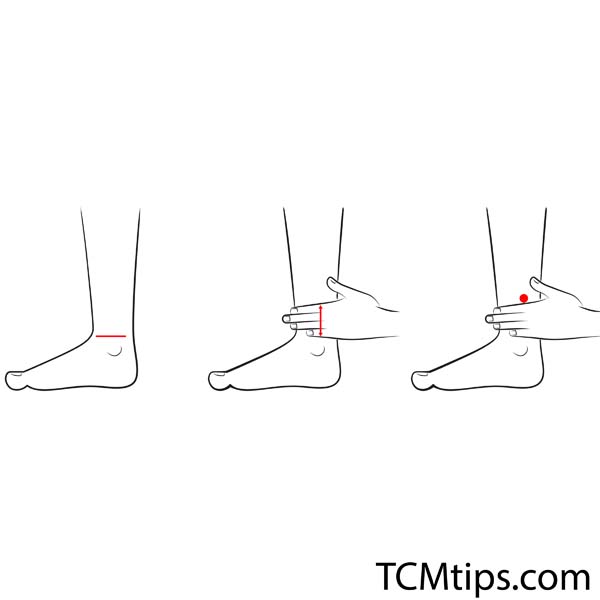
Sanyinjiao is a very popular point between acupuncture and acupressure due to its first-class place in the theory of traditional Chinese medicine and its innumerable health benefits.
However, this acupuncture point is not considered safe during gestation by many therapists of traditional Chinese medicine because of its ability to stimulate contractions and cause labor. SP6 is often used in cases of term pregnancy in combination with LI4 (hegu) to start the labor process.
4. Bladder 67 (BL67) Zhiyin

Known as Zhiyin, bladder point 67 (BL67) is located on the outside of the end of the little finger, near the edge of the nail. For many years this acupressure point has been used to correct the fetal position and facilitate uterine contractions to induce labor.
Due to its action in uterine dynamics, this acupressure point should not be stimulated before the 37th week of gestation.
5. Bladder 32 (Bl32) Ciliao
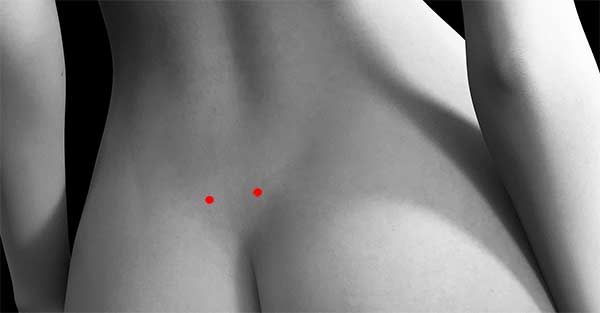
Ciliao is the thirty-second of the sixty-seven points belonging to the Bladder Meridian. According to the meaning of its name, it is known as Second Crack. Its energy level is Tai Yang (Great Yang). Said point Bl32, we are going to locate on the second sacral hole.
This point is usually used for the treatment of gynecological conditions such as dysmenorrhea and leukorrhea, and to accelerate labor. Due to its high energy load and its action on the uterine muscle, manipulation of this point is prohibited in preterm pregnancies.
Benefits of acupuncture during gestation
Although there are several acupuncture points to avoid during pregnancy, stimulating some points can bring many benefits for pregnant women
- It helps to reduce the usual symptoms of pregnancy, such as vomiting and nausea.
- It becomes a great tool to end lumbar pain.
- Prevents constipation and hemorrhoids.
- It is also considered to be an ideal method to put an end to the usual insomnia problems experienced by many pregnant women. In this way, they will rest better, feel more energetic, and have a better sense of humor.
- It helps strengthen the immune system.
- No less important is that, in the same way, acupuncture brings benefits for the baby. Specifically, it is considered that it not only helps you to have stronger health but also to make you feel relaxed and calm.
- It improves digestion and reduces fluid retention.
- Regulates blood pressure and reduces stress and anxiety.

Try our Anti-Aging Gua Sha Tool designed to bring out your skin’s natural glow.
Best Gua Sha Product- Anti-Aging: The tool is designed to target 11 specific aging signs such as wrinkles and sagging skin. By following the 7-step routine, users can improve skin firmness and reduce fine lines naturally.
- Enhances Skincare Routine: It works effectively with serums and lotions, boosting absorption and efficacy of skincare products.
- Visible Skin Improvement: Users can expect a smoother complexion, reduced puffiness, and a more youthful appearance.
 P. Sze
P. Sze 















